The final instalment this week, is my visit to Coal Mines Historic Site, Remarkable Cave, and a few other bits and pieces. However, stay tuned because next week there will be a small bonus blog with some extra photos that you have not seen in this series before.
Coal Mines Historic Site
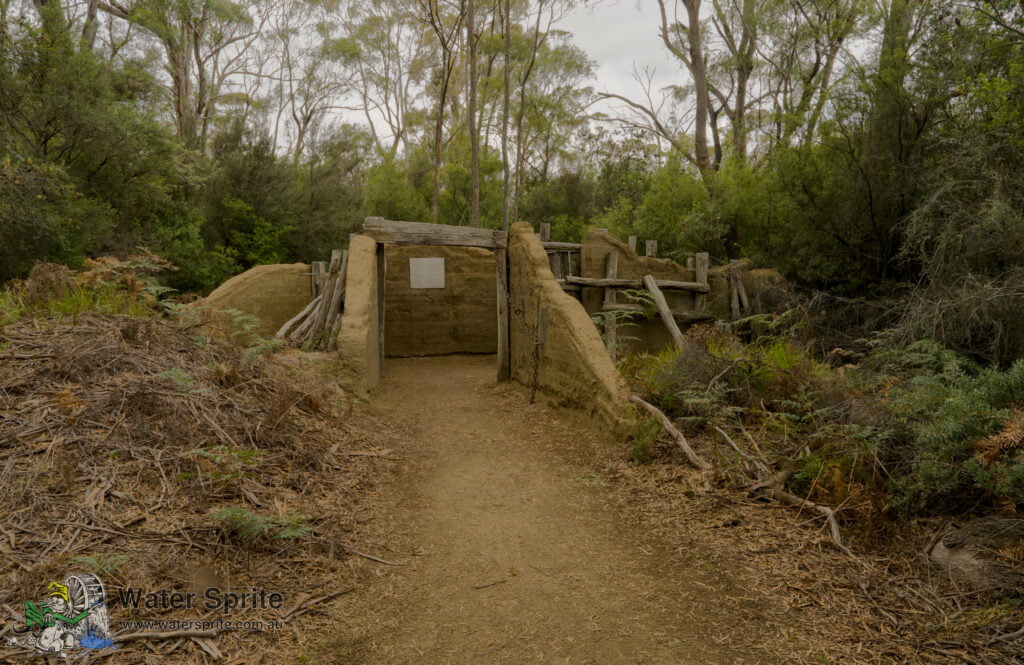
Sony A7Riv with Sony FE 24-70mm F2.8 GM II lens @ 26mm. 1/30, f/22.0, 640 ISO.
Coal Mines Historic Site is not far from Port Arthur. It is another convict site and dates from the same period as Port Arthur. It is nowhere near as famous as Port Arthur, or it’s other sibling, the Cascades Female Factory. In comparison to those sites, Coal Mines is definitely the overlooked family member. There is no visitors centre and extremely limited facilities at the site. On the other hand, entry is free.
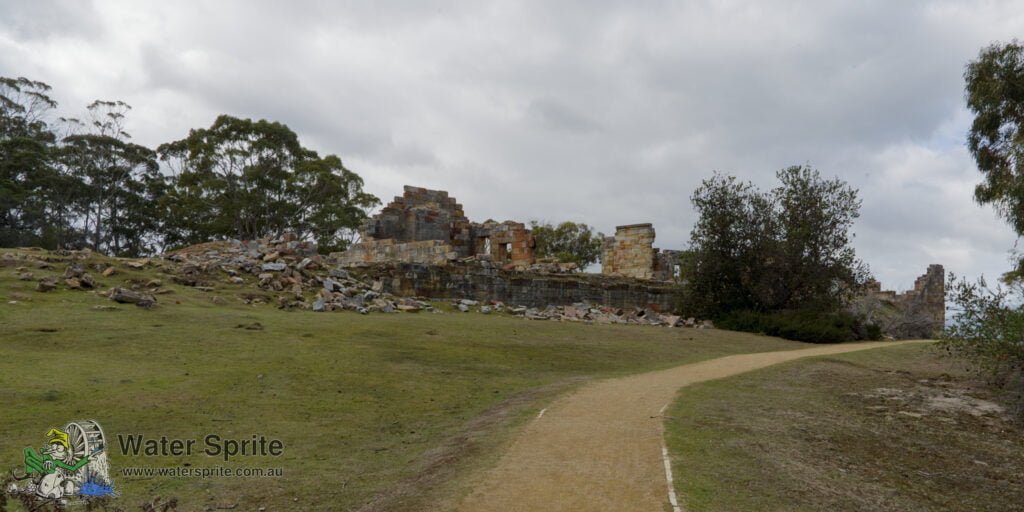
Sony A7Riv with Sony FE 24-70mm F2.8 GM II lens @ 24mm. 1/30, f/22.0, 100 ISO.
Around the main site (the convict precinct) while we were there, were a constant stream of people coming through. Nothing like the numbers seen at Port Arthur, naturally, but I don’t think there was any point where there wasn’t at least one other group of people visible while we were there. The same cannot be said for the main shaft site, where we didn’t see anyone else.
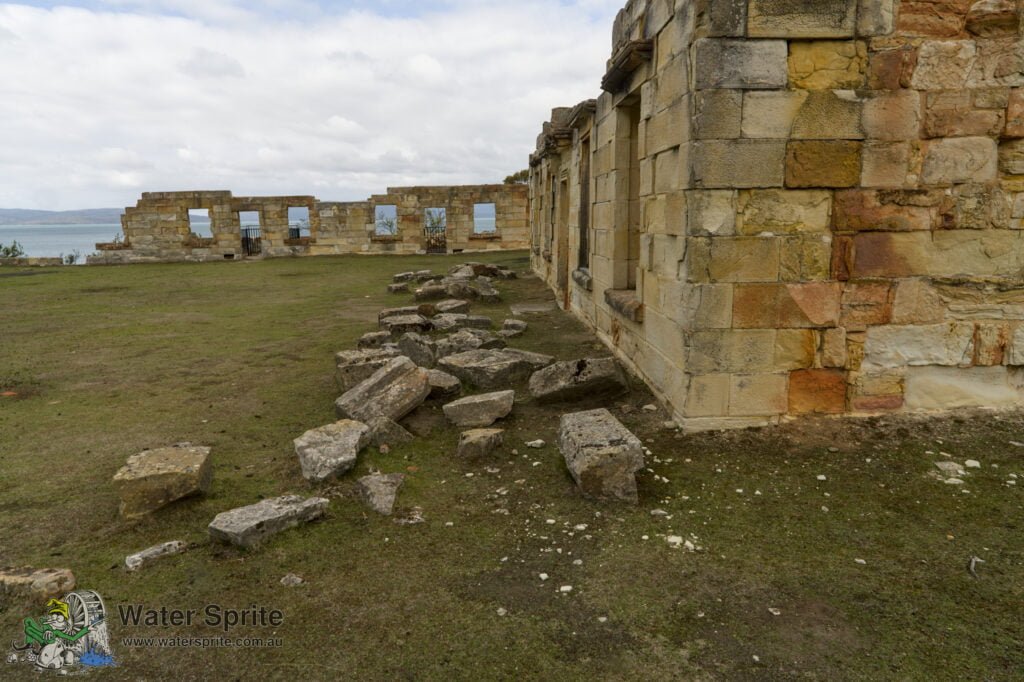
Sony A7Riv with Sony FE 24-70mm F2.8 GM II lens @ 24mm. 1/30, f/22.0, 100 ISO.
History
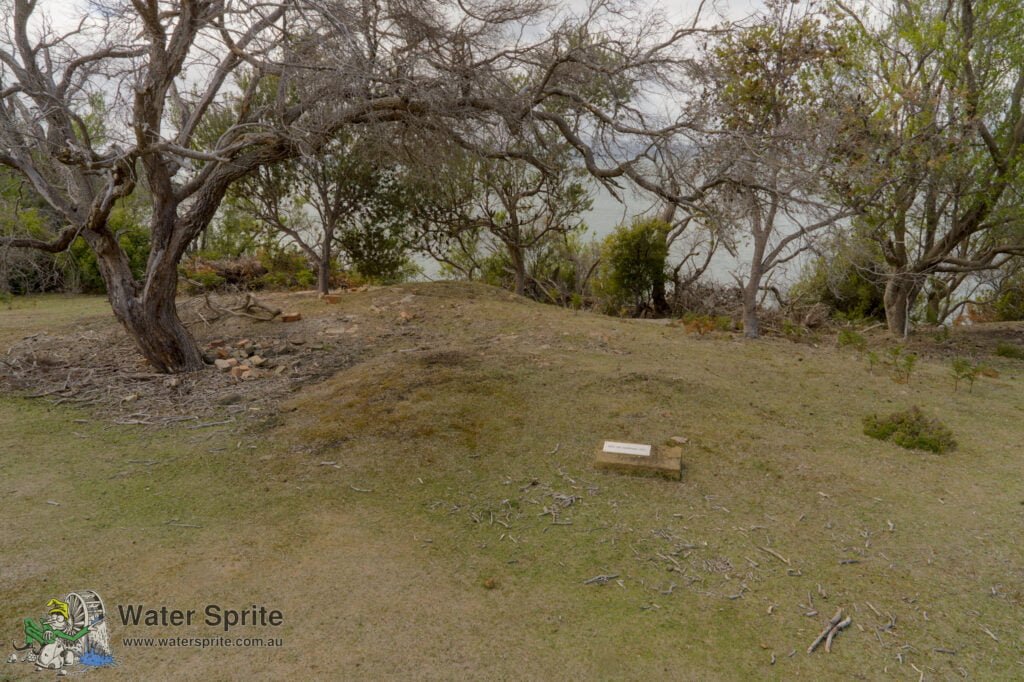
Sony A7Riv with Sony FE 24-70mm F2.8 GM II lens @ 24mm. 1/30, f/22.0, 200 ISO.
Coal was mined here using convict labour from the early 1830’s through to the mid-1850’s. Mining then continued under private firms for approximately another 20 years using paid labour before finally being abandoned as uneconomical. The convict buildings on site underwent numerous changes and developments over the comparatively short period it was operating as a penal camp. The site has the remains of the second and third generation of convict accommodations. The first generation were tents and bark huts, of which no evidence remains. A series of stone barracks were built to house the convicts during the 1830’s and these form the bulk of what remains in the convict precinct.
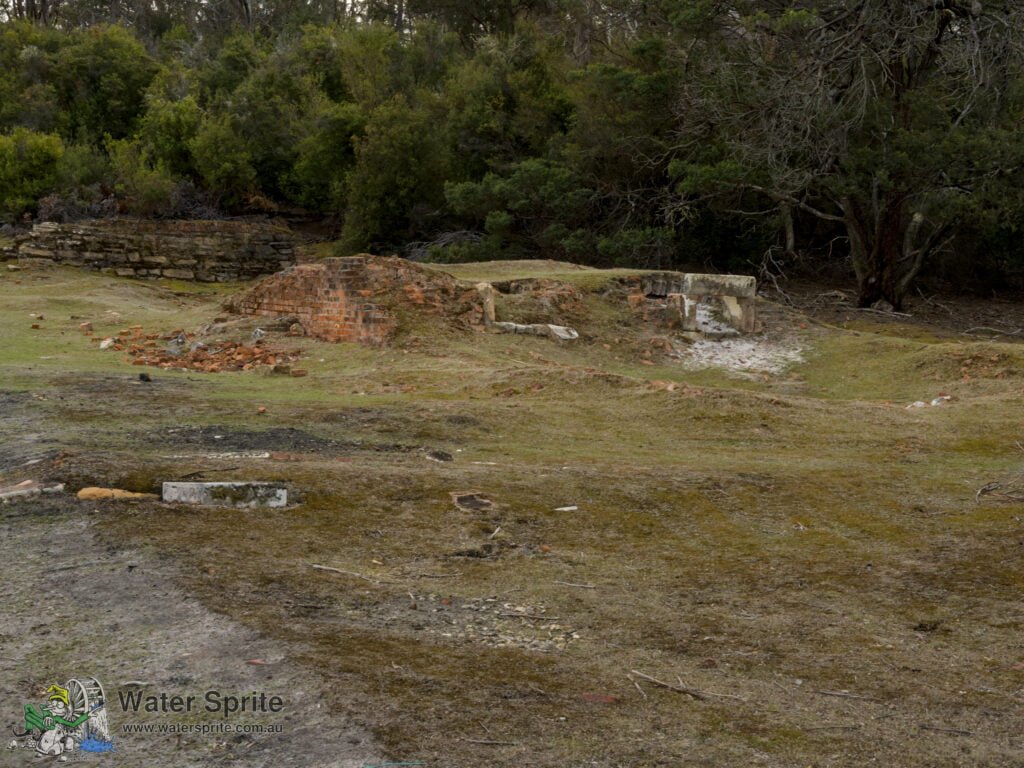
Sony A7Riv with Sony FE 24-70mm F2.8 GM II lens @ 54mm. 1/60, f/22.0, 800 ISO.
After the convicts were moved out, more suitable accomodation for free labourers needed to be constructed, and the outlines and a few remaining brick walls show where these cottages stood, off to one side of the former convict buildings. I presume the former convict buildings were also used, but I expect there was far more privacy afforded the free labourers compared to the crowded situation the convicts were expected to endure.
The site
Convict Precinct
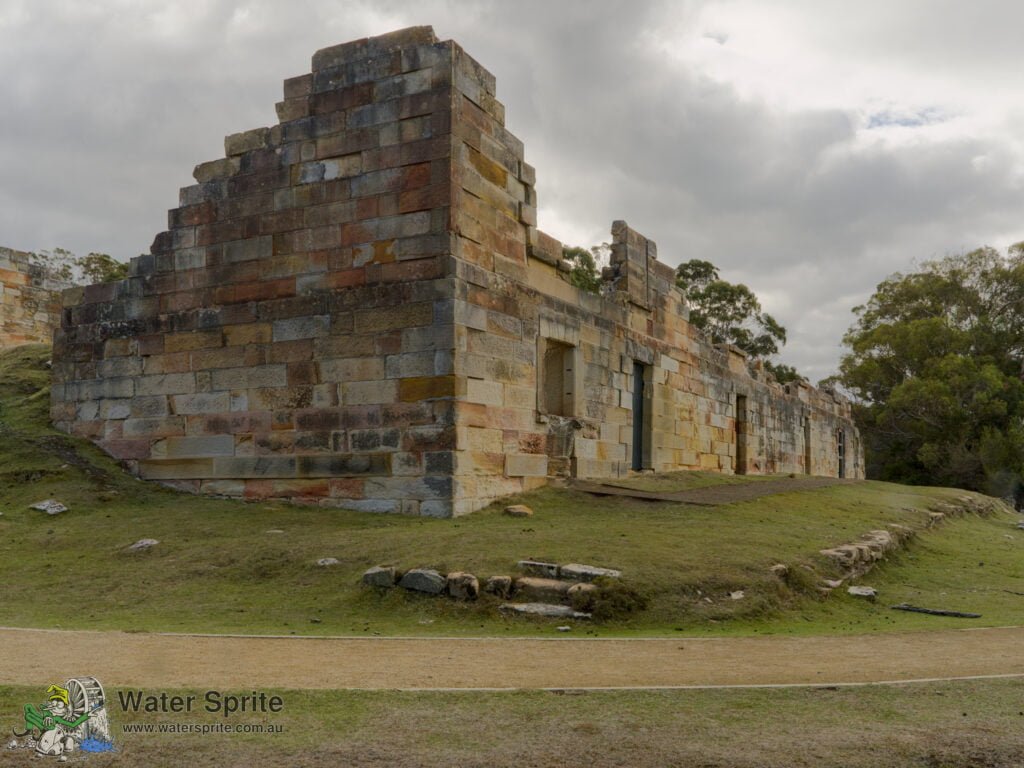
Sony A7Riv with Sony FE 24-70mm F2.8 GM II lens @ 26mm. 1/30, f/22.0, 125 ISO.
The kids were just about over ruined buildings by this point since we had just spent two full days at Port Arthur Historic Site, so they were really not keen. As a result we didn’t get to do most of the walks, and I didn’t realise until reading things to produce this post that I had missed an entire set of buildings that were hidden amongst the trees. They would have been obvious if we’d done the walking path between the convict precinct and the main shaft, but we didn’t.
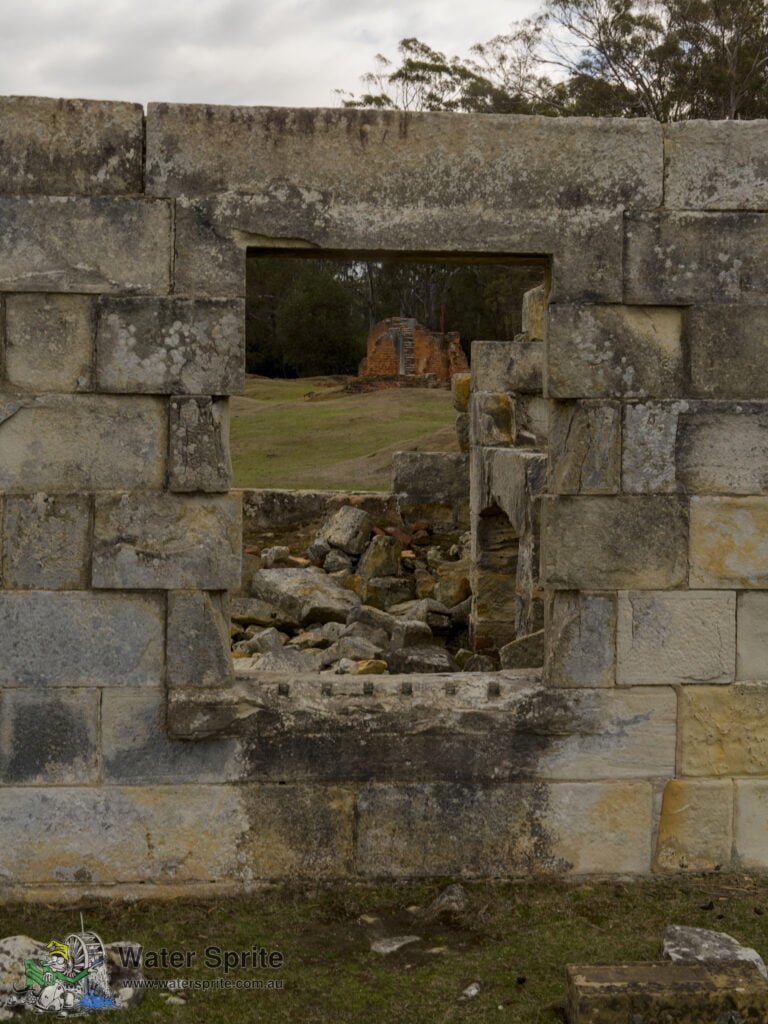
Sony A7Riv with Sony FE 24-70mm F2.8 GM II lens @ 49mm. 1/50, f/22.0, 200 ISO.
There are signs of possible mining operations all around the main complex, with a few random large holes. While they all appeared to be filled in, and indeed may not have been mining operations at all, I do suggest that you stick to paths when walking around the site. Old mining operations, especially ones of this age, are notoriously dangerous if you don’t take care.
Other bits
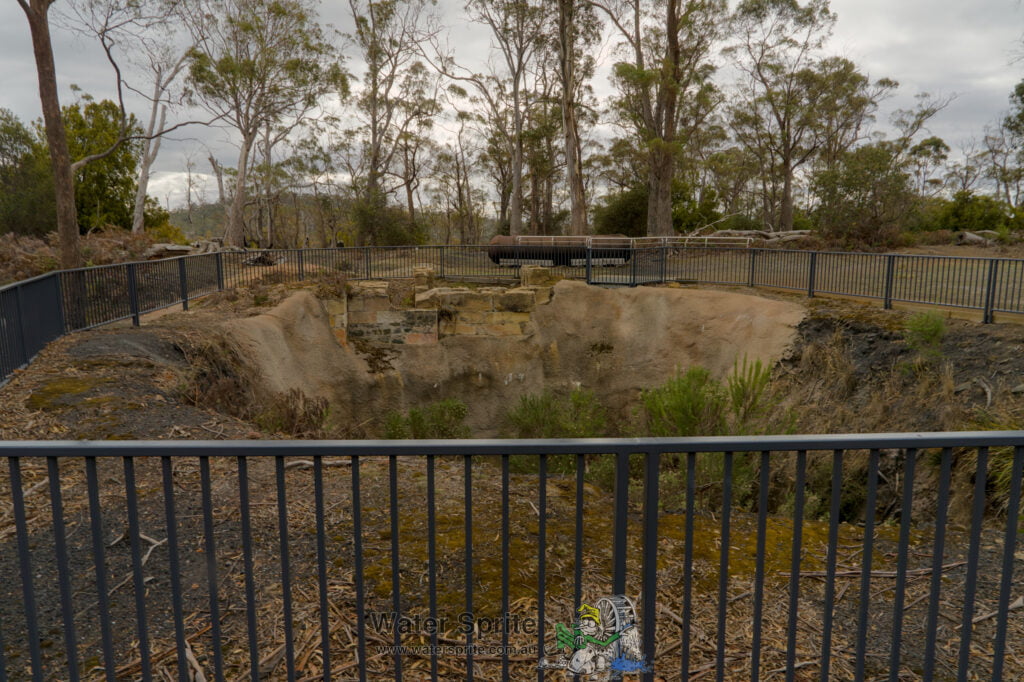
Sony A7Riv with Sony FE 24-70mm F2.8 GM II lens @ 24mm. 1/30, f/16.0, 125 ISO.
The site consists of the main complex – the convict precinct, with a walking trail leading up through the military precinct to the site of the former signal station and then on to the main shaft. There are carparks at the main site and at the main shaft site. We didn’t do the walk, but drove between the two carparks, so we missed the military precinct altogether. This site is on my “Return without the kids in tow” list.
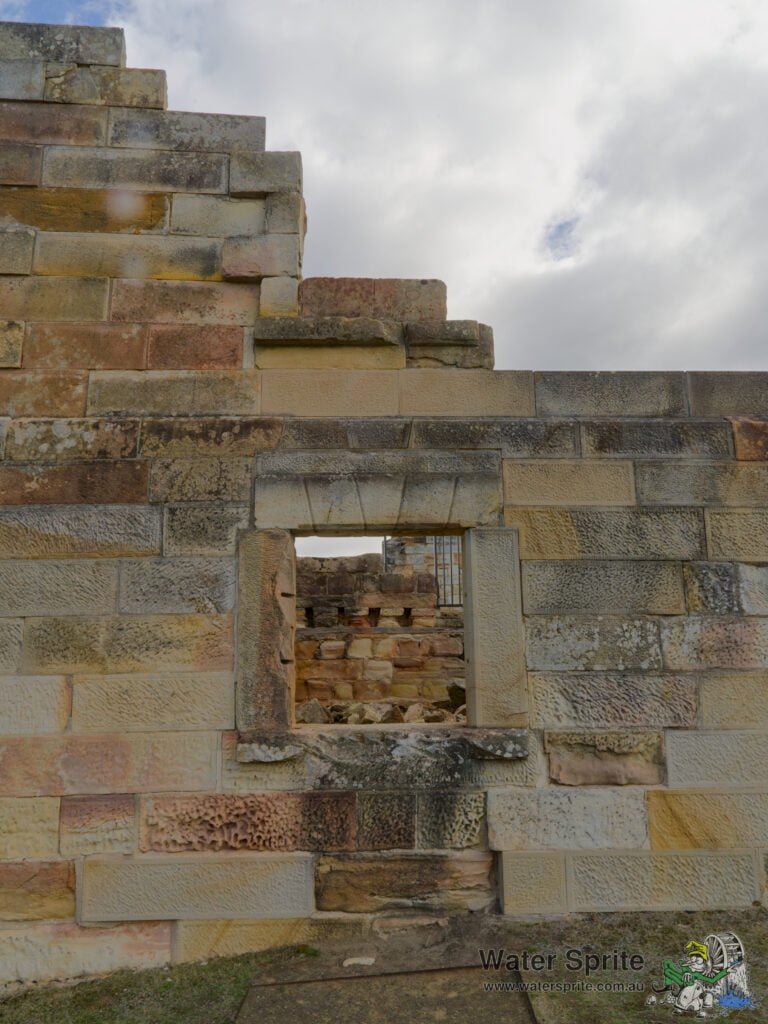
Sony A7Riv with Sony FE 24-70mm F2.8 GM II lens @ 24mm. 1/30, f/22.0, 100 ISO.
There are also an air shaft for the mine workings, the location of the jetties from which the coal was shipped out to Hobart, and a quarry where the stone for the buildings was cut. I didn’t get to see any of these things either.





Remarkable Cave
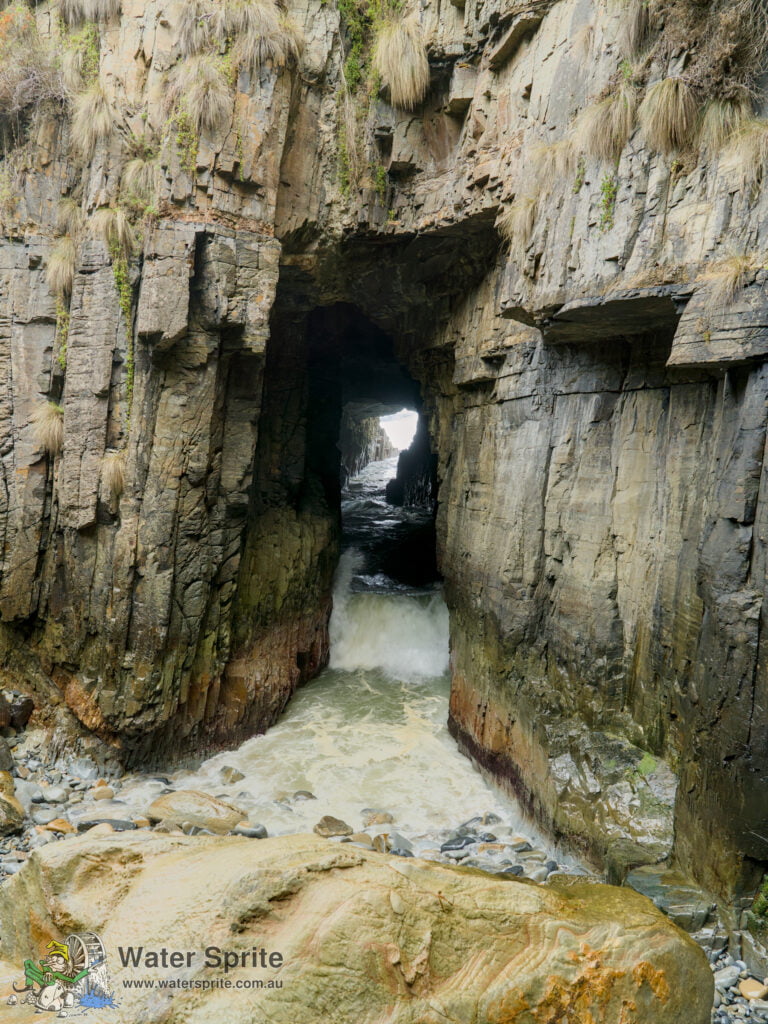
Sony A7Riv with Sony FE 24-70mm F2.8 GM II lens @ 24mm. 1/30, f/9.0, 640 ISO.
Remarkable Cave is just a short drive from Port Arthur. It is quite an amazing spot, and had the weather been nicer to us, we might have spent more time there. The cave itself is a natural sea cave carved out of the rocks over many thousands of years. The tide as up and the see was quite rough when we visited, which made the waves coming through the cave quite impressive and scary – but I have seen photos online where people have jumped the fences and climbed down into the cave itself at times when the tide is out. Hard to imagine it being like that from when we saw it!
The Blowhole
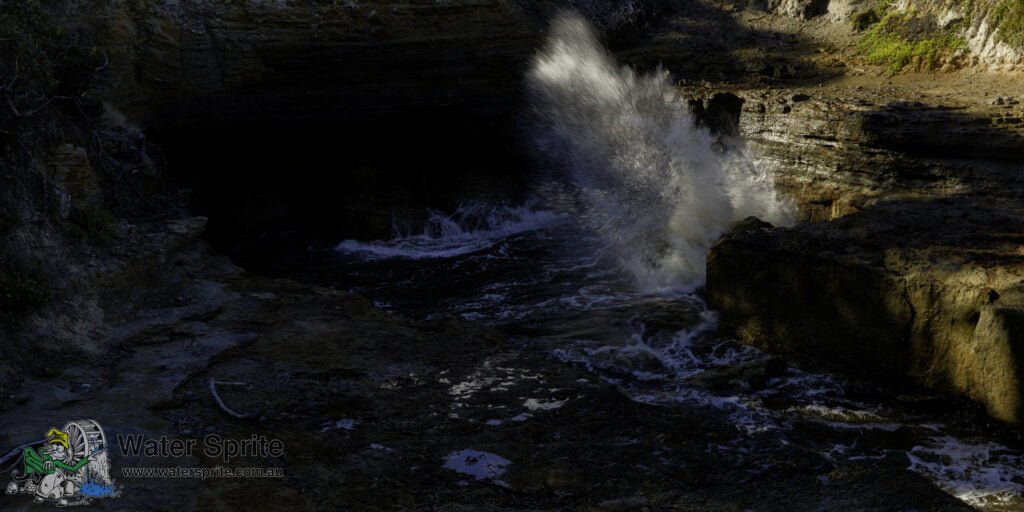
Sony A7Riv with Sony FE 24-70mm F2.8 GM II lens @ 27mm. 1/30, f/16.0, 250 ISO.
In keeping with the cave theme, on our way off the Tasman Peninsula, we stopped at Pirate Bay – and specifically the village of Doo Town – to see the Blowhole. It wasn’t blowing very much on our visit, but it was easy to imagine what it might have been like if the waves were coming in at a slightly different angle.
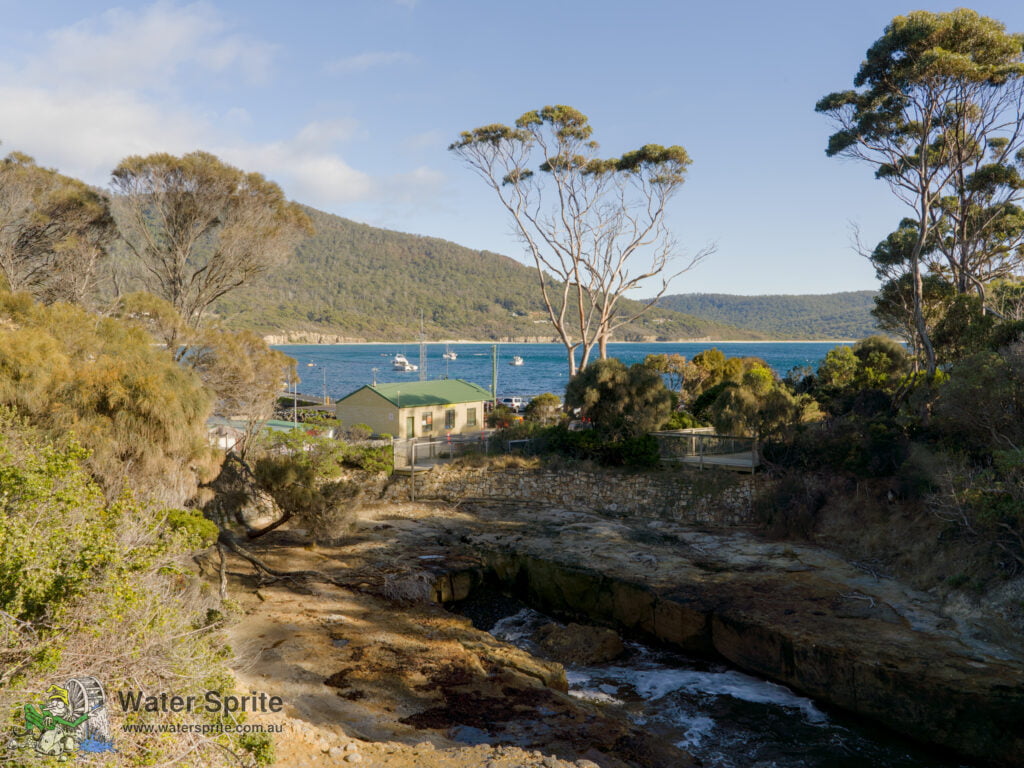
Sony A7Riv with Sony FE 24-70mm F2.8 GM II lens @ 25mm. 1/60, f/16.0, 100 ISO.
Unfortunately the coffee van there had run out of chocolate. They suggested the best alternative coffee location was the coffee van located at the Tasman Bay National Park lookout. Which led us to…
Panorama from the Tasman Bay National Park lookout

9 image panorama, Sony A7Riv with Sony FE 24-70mm F2.8 GM II lens @ 70mm. 1/160, f/16.0, 100 ISO, stitched by Hugin.
The Red Bridge at Campbelltown
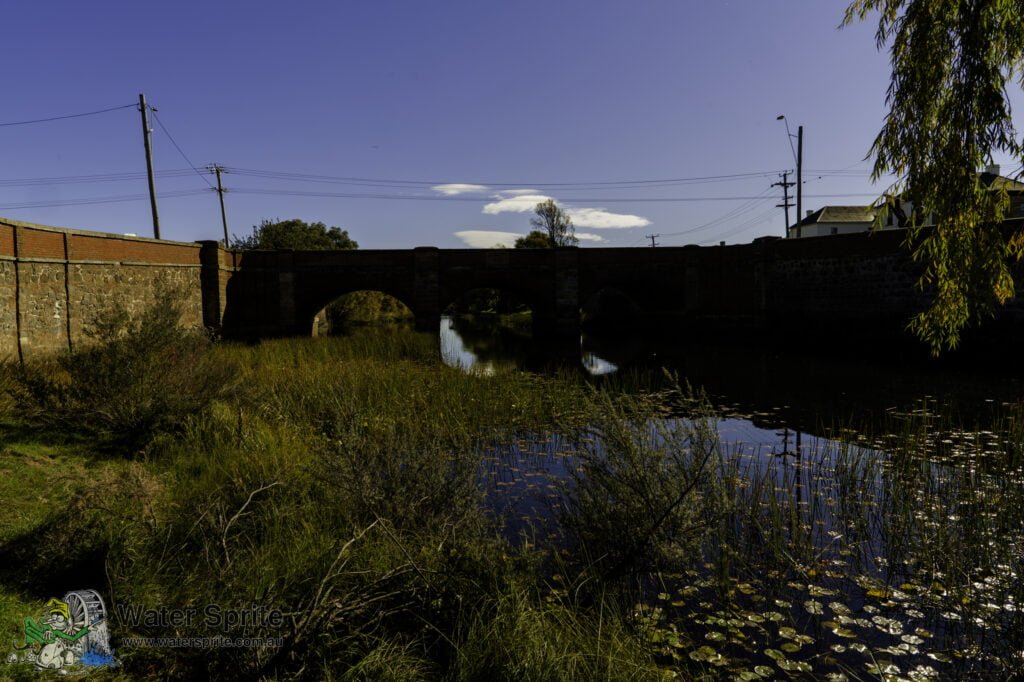
Sony A7Riv with Sony FE 24-70mm F2.8 GM II lens @ 24mm. 1/80, f/16.0, 100 ISO.
On our drive back to Launceston, we stopped for a break by the Red Bridge in Campbelltown. I’d read that it was one of the great convict bridges in Tasmania, and having already photographed Richmond and Ross bridges, this one seemed like a good one to add to the collection. The kids were well over everything by this point, and just stayed in the car, so I got to wander around for about half an hour unimpeded.





Links
- Coal Mines Historic Site (website)
- Remarkable Cave (Tasmanian Parks website)
- The Blowhole (Eaglehawk Neck information website)
Disclaimer
We attended the establishments and locations mentioned in this post as full fee-paying guests. Our hosts were not advised that we are semi-professional photographers or bloggers before or during our visit. It is our understanding that the tours and information we received were as normally provided to any member of the public.
The views expressed in this post are mine and mine alone, and any errors in it are also all mine. Any recommendations made in this post are unpaid and are based entirely on my experiences during my visit. Your experience may differ, and I cannot be responsible for that.
The Port Arthur Historic Site Management Authority do no permit commercial photography at their sites without prior permission. I did enquire about getting permission but the costs were going to be prohibitive given the very slight chance of any sales. They do permit photography for sharing with family and friends and did give permission for me to use my photographs from the sites on this blog. These images are provided for your information and enjoyment only, and are not for sale or other use.
Leave a Reply